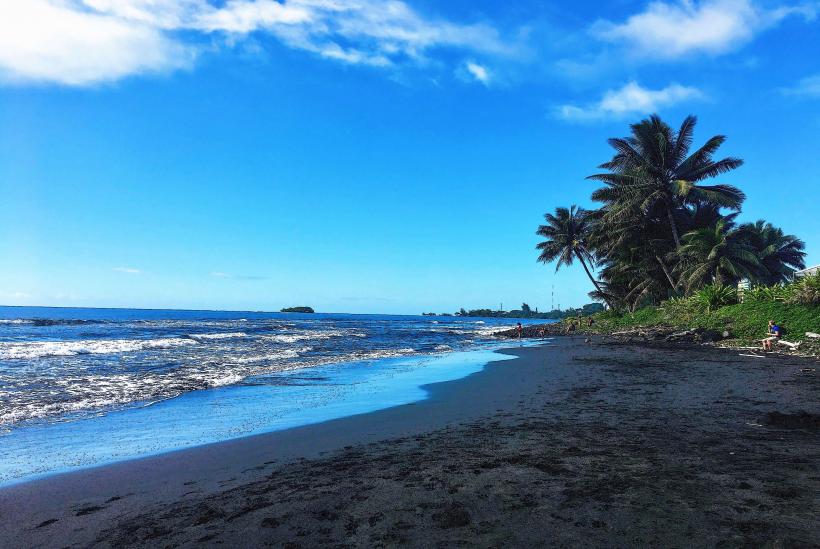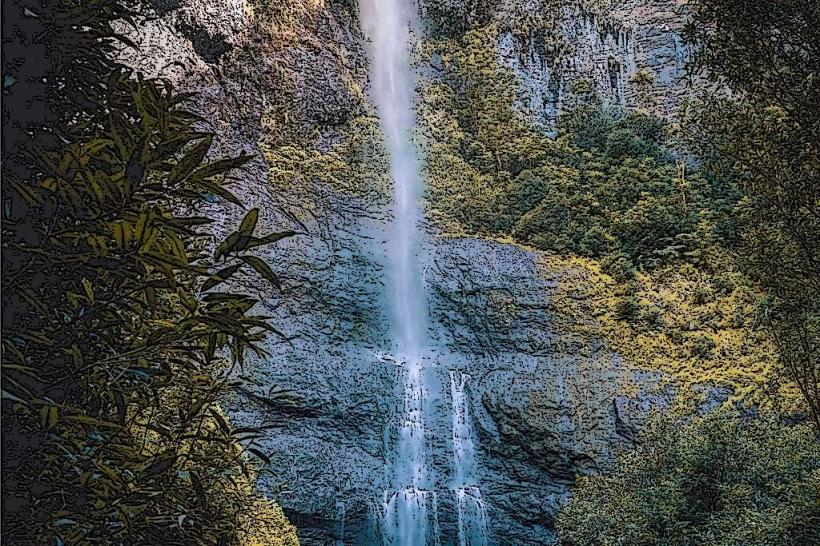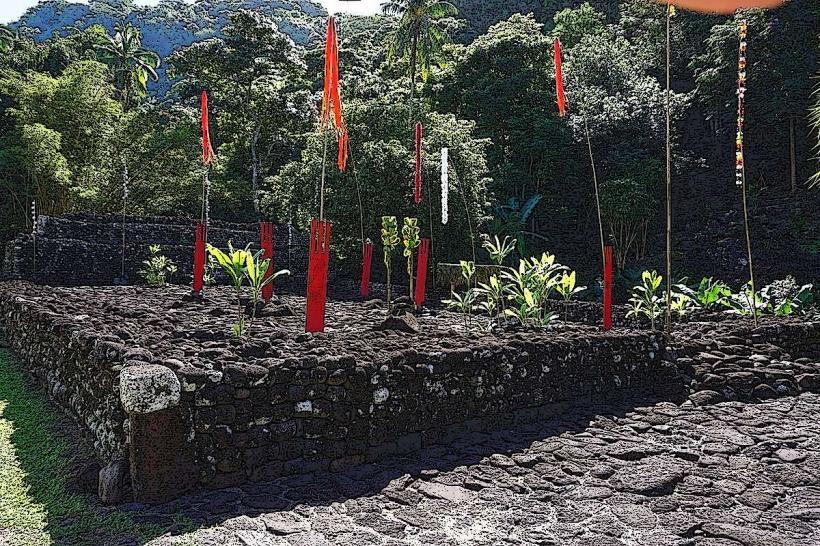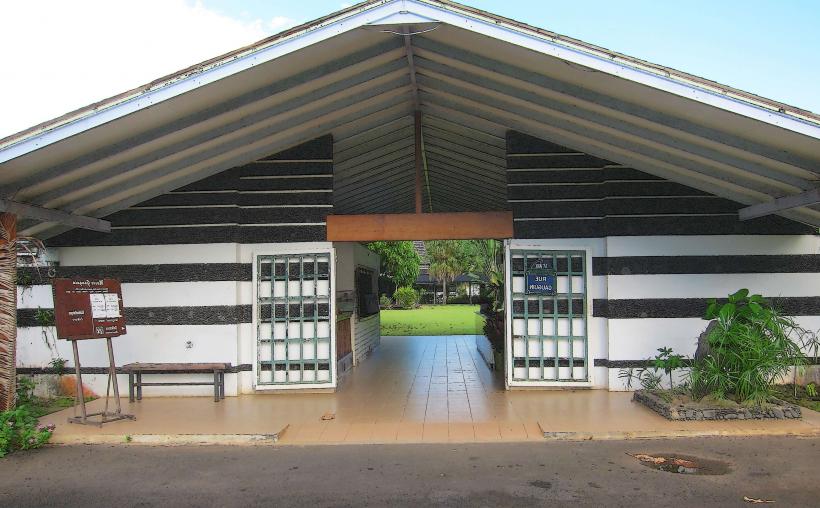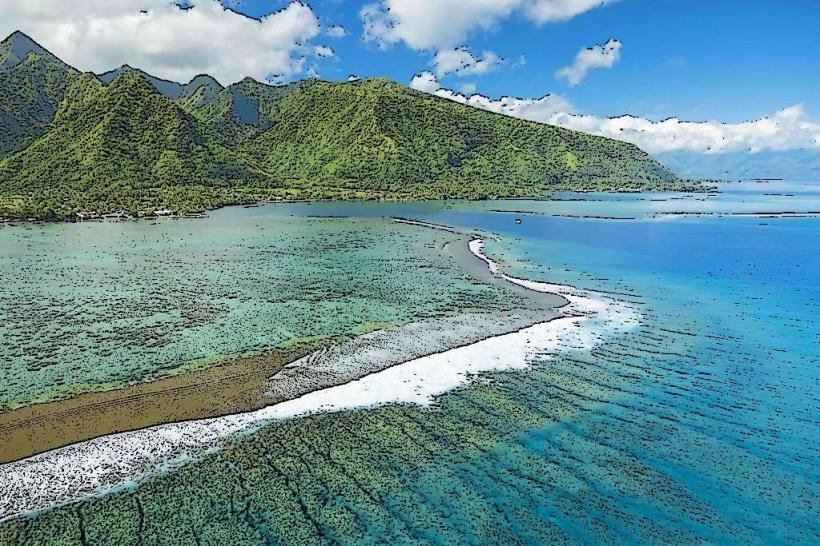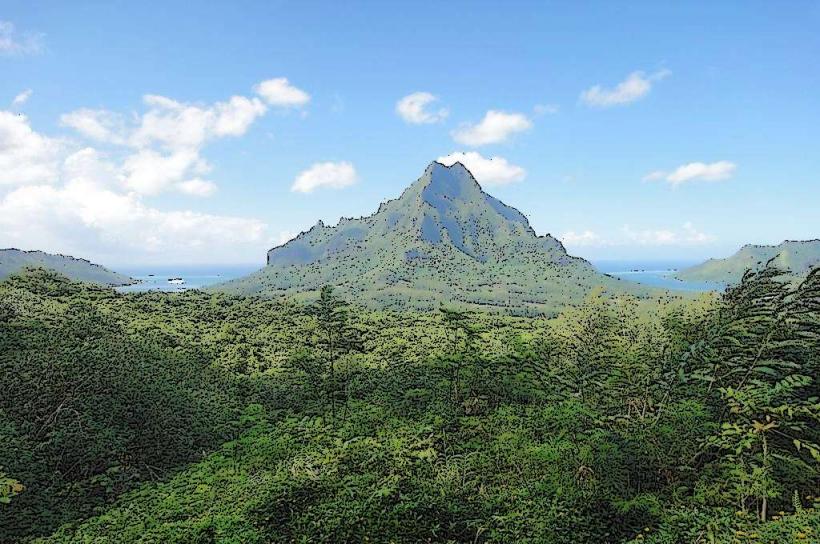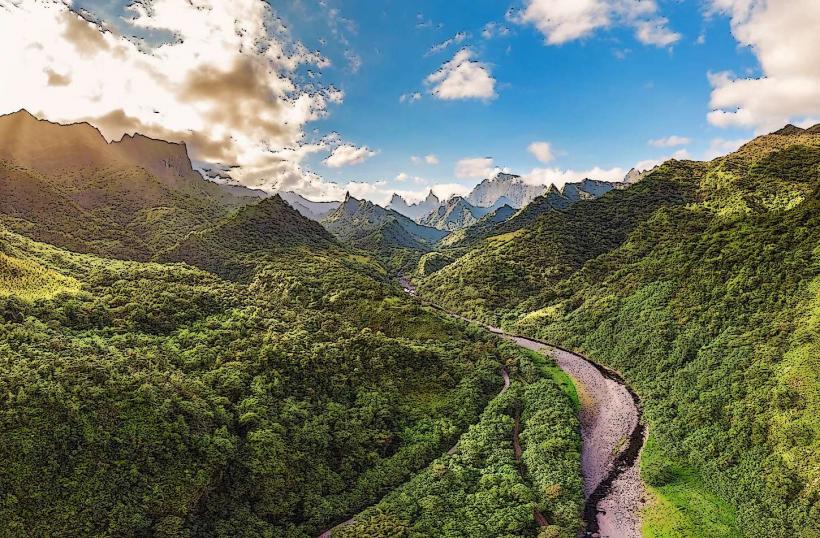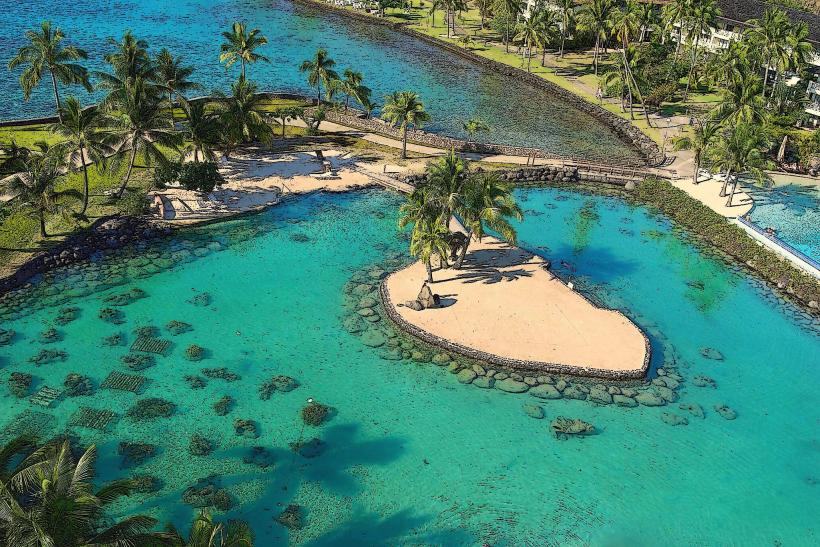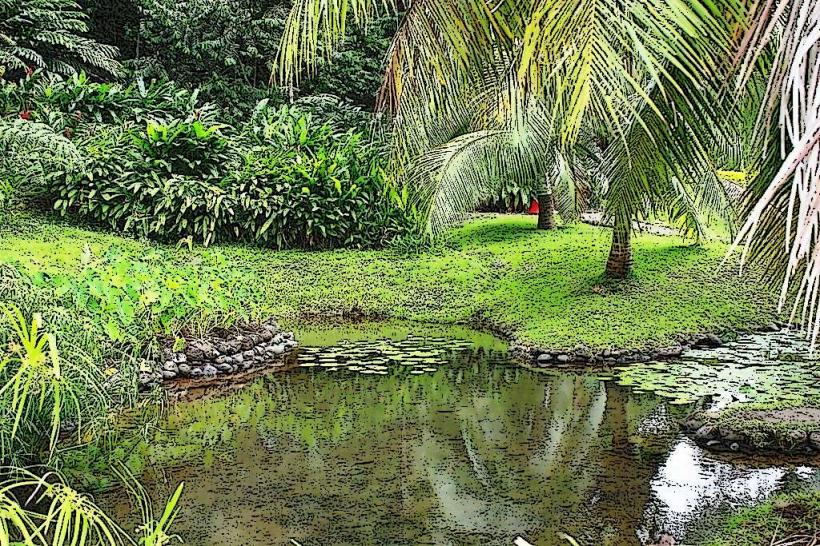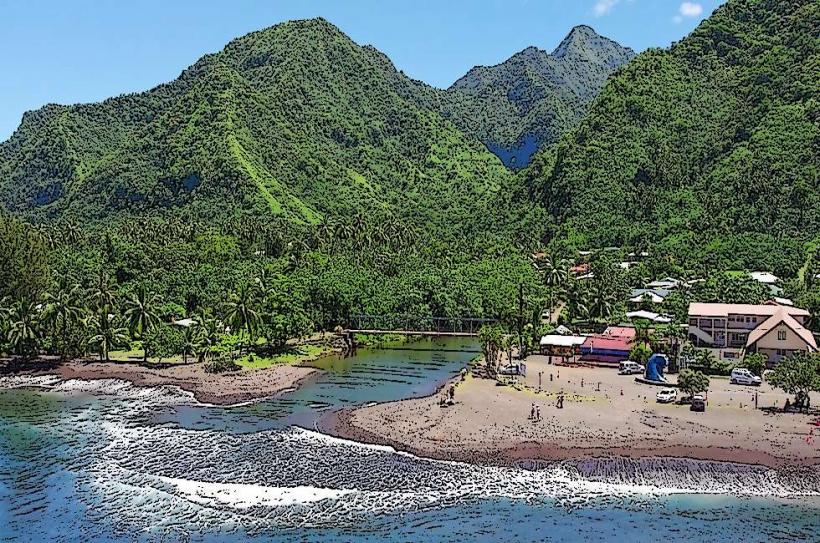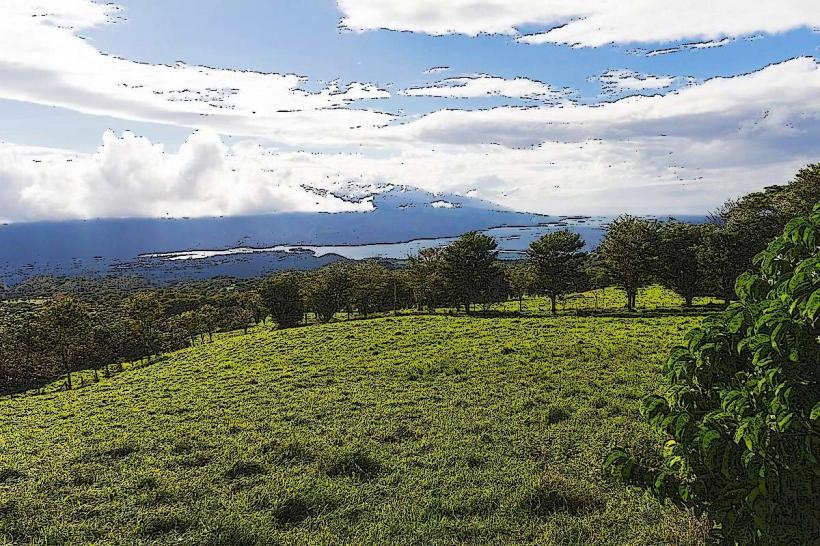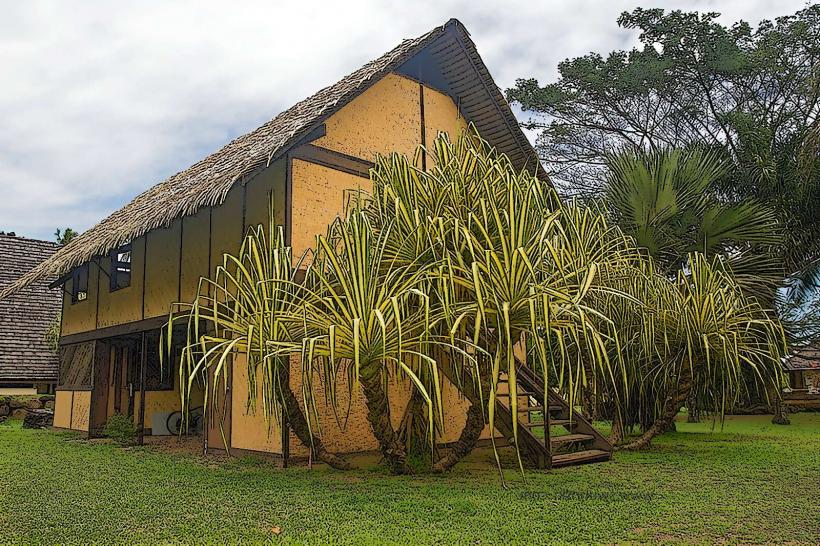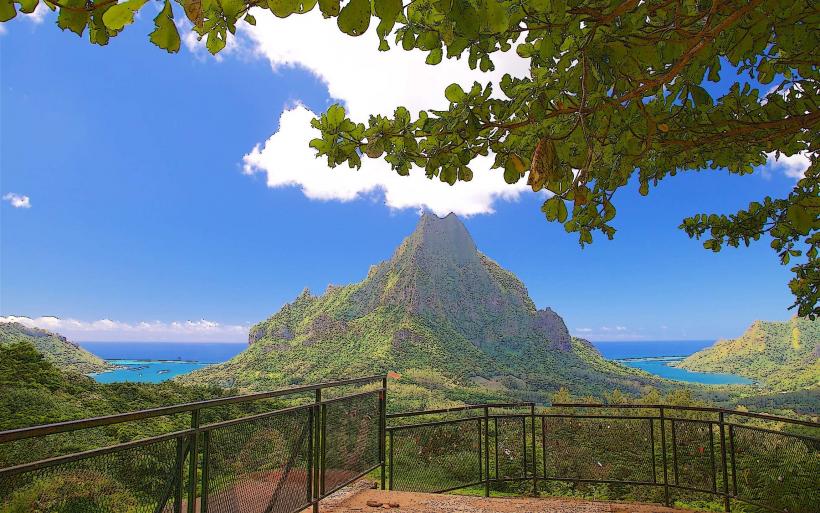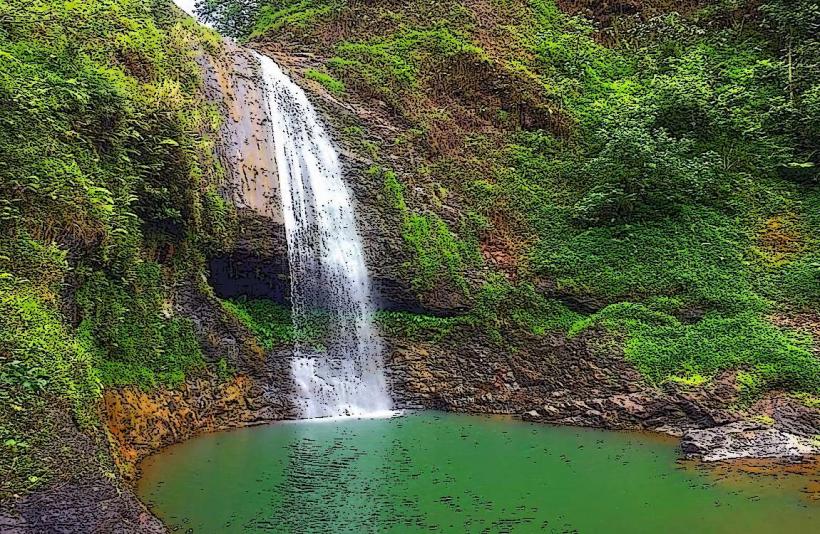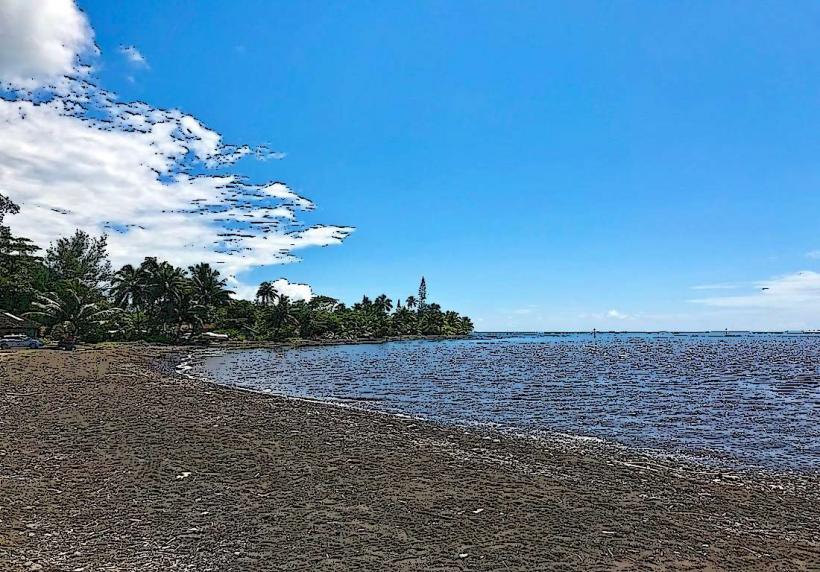Information
Landmark: Teahupo'o reefCity: Tahiti
Country: French Polynesia
Continent: Australia
The Teahupo’o Reef is one of the most famous and powerful coral reefs in the world, located on the southern coast of Tahiti Iti, the smaller peninsula of Tahiti, French Polynesia. This reef is renowned for its dramatic and dangerous surf break, producing some of the heaviest and thickest waves on the planet. It is particularly famous among professional surfers for the intensity and size of its waves, which are known to break in a dramatic barrel over the shallow reef.
Key Features of Teahupo’o Reef:
Geographical Location:
- The reef is located off the coast of Teahupo’o, a small village on the southern edge of Tahiti Iti. This area is approximately 1 hour from Papeete, the capital of Tahiti. The reef extends from the coastline and is situated in shallow waters, making the waves break forcefully on the coral.
- Teahupo’o Reef is part of the Society Islands’ outer reef system and plays a crucial role in shaping the unique surf conditions in the area.
The Wave:
- Reef Break: Teahupo’o’s most notable characteristic is its reef break, which occurs when the ocean swells hit the shallow coral reef. This reef is located just a few meters underwater, and the waves crash directly on the reef, making them particularly powerful and often hollow. The waves break over the reef with such force that they can form thick barrels, providing a thrilling challenge for skilled surfers.
- Wave Shape: The Teahupo’o waves are considered some of the most powerful and dangerous in the world. These waves form a thick, steep lip that curls into an enormous barrel, with surfers riding through the hollow section of the wave. It is famous for creating a perfect barrel that surfers strive to ride, often requiring them to maneuver extremely close to the coral reef.
- Wave Size: Teahupo’o is known for its large waves, often reaching 10 to 15 feet (3 to 5 meters), with the potential to go even higher during storm swells. The size and power of the waves are compounded by the shallowness of the reef, which increases the intensity of the water crashing down.
The Shallow Reef:
- The reef is extremely shallow, often only a few feet below the water’s surface, making it a perilous place for surfers. Teahupo’o Reef is composed of a combination of sharp coral and sand, which can cause significant injuries if a surfer falls and hits the reef.
- The shallow reef is also responsible for the formation of the incredibly steep and fast-breaking waves, as the energy from the swell is funneled into a small area, amplifying its power.
Surfing at Teahupo’o:
- Challenging for Surfers: Due to the shallow coral and the powerful waves, surfing at Teahupo’o is not for the faint of heart. Only highly skilled surfers should attempt to ride the waves here. In fact, it is often described as one of the most dangerous waves in the world, requiring both physical and mental strength to navigate.
- Barreling Waves: The waves here break with a heavy barrel, which is the feature that makes Teahupo’o so unique and sought after by professional surfers. The barrels at Teahupo’o are notorious for being hollow, and to ride one, surfers need exceptional timing, control, and skill.
- Surf Competitions: The Billabong Pro Tahiti, part of the World Surf League (WSL) tour, is held annually at Teahupo’o, attracting the world's top surfers. This competition showcases the reef’s extreme conditions and the surfers’ abilities to tackle such a challenging environment.
Marine Life and Ecology:
- While the Teahupo’o Reef is best known for its surf, it also supports a variety of marine life. The reef and surrounding waters are home to several species of fish, coral, and other marine organisms.
- Coral Reefs: The reef itself is a vibrant ecosystem, supporting colorful coral and providing habitat for numerous tropical fish and marine species. However, due to the intense surf, much of the marine life here is more adapted to the rugged, turbulent environment.
- Protection Efforts: As with many coral reefs around the world, there are ongoing efforts to protect Teahupo’o Reef from the threats of pollution, coral bleaching, and other environmental issues that could affect the health of the reef.
Best Time to Visit:
- Surf Season: The best time for large, powerful waves at Teahupo’o is during the Southern Hemisphere winter (from May to October), when the Pacific Ocean swells are at their strongest. The wave conditions are more predictable, and this is when the biggest and heaviest waves occur.
- Offseason: In the offseason, from November to April, the waves may be smaller and less consistent, but the reef is still a place to admire for its natural beauty.
Safety and Precautions:
- Dangers of Surfing: The sharp coral reef is the main danger when surfing Teahupo’o. Surfers who wipe out can risk injury from the reef, especially since it lies just beneath the surface. The heavy, fast-breaking waves also pose a risk of being washed onto the reef or getting trapped inside a barrel.
- Experienced Surfers Only: Because of the powerful waves and shallow reef, it is crucial that only experienced surfers attempt to ride the waves here. Surf schools in Tahiti provide lessons for beginners, but for Teahupo’o, it’s important to have advanced skills before tackling the reef.
- Boat Tours: For those who want to experience the reef but not surf, boat tours around the area can provide an up-close look at the waves and the surfers. These tours are especially popular during surf competitions or when the waves are particularly impressive.
Summary:
Teahupo’o Reef is a world-famous surfing location known for its unique and intense waves, created by the shallow coral reef and deep ocean swells. The waves at Teahupo’o are some of the most challenging in the world, attracting surfers who seek the ultimate barrel ride. While the reef is a top surf destination, it also holds ecological significance and offers a stunning backdrop of Tahiti's natural beauty. Whether for surfing or simply witnessing one of the most powerful surf breaks in the world, Teahupo’o is a must-see spot for surf enthusiasts and nature lovers alike.




